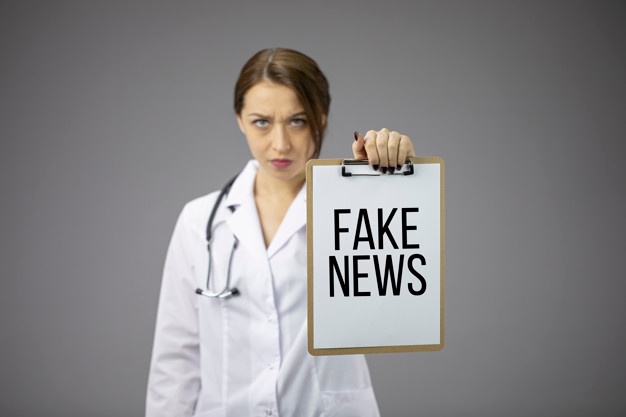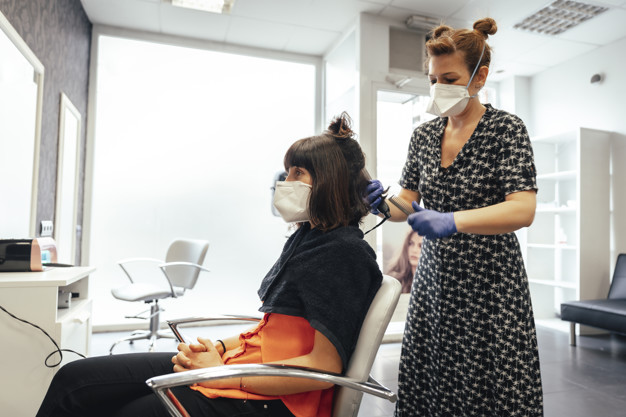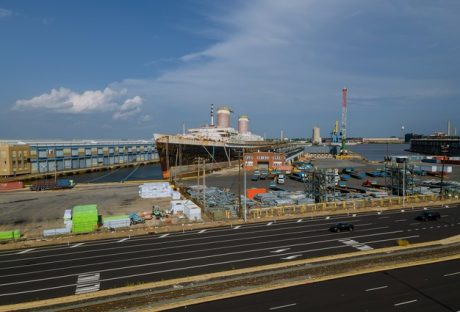The term “Fake News” has existed since the 1800s but has resurged in the last decade.
Often, one political side uses it as a defense mechanism against negative articles. The result is societal confusion over what’s true and what’s not.
When health news becomes unreliable, the consequences are more severe. This trend, fueled by political partisanship, has become increasingly dangerous.
Generally, mainstream media like television and print journalism maintain enough integrity to avoid spreading fake health news. However, in the social media landscape, fake stories spread rapidly with a simple click.
The Causes
The primary cause of fake health news is profit. More shares and likes equal more advertising opportunities. The healthcare industry, especially pharma, spends heavily on advertising.
With every click generating potential revenue, it’s no surprise that some lesser “news” services embellish or even lie to grow their following.
For example, a fake article on “Natural News” claimed the cancer industry was a scam for profit. It received 5.4 million hits, and the site’s Facebook page gained over 3 million followers.
In social media monetization, influencers can earn about $10 per 1,000 followers for sponsored content.
Once they hit 1 million followers, they can make up to $1,000 per post solely through advertising.
The Consequences
As social media continues to expand, the potential for spreading fake news also grows. The issue needs attention because the consequences can be real and even fatal.
Some stories don’t cause direct harm, such as one claiming ginger is a better cancer treatment than chemotherapy. Still, they mislead people away from proper care.
For patients with terminal illnesses, hope is everything. False stories, like one about a diabetes cure in Mexico, can give false hope to those desperate for solutions. The most harmful fake news encourages the use of FDA-unapproved products.
Although these stories often remain on social media, even the U.S. president once promoted a chemical as a COVID-19 cure.
Clinical trials showed that the chemical increased heart attack risks and was not safe for such use.
The Cure
Given social media’s global reach, the best way to combat fake news is through education.
Teaching about its dangers can prevent this from becoming a generational issue, unlike other falsehoods rooted in fear.
Currently, many prominent social media platforms flag posts containing false or misleading information.
People believe in fake news because it aligns with their existing beliefs. This makes government regulation challenging, especially as new social media platforms arise, vowing not to flag any content. Again, this approach is money-driven.
How to Check Whether a Health News Over Social Media is Fake
With the deluge of health news filling up your Facebook feed, it’s important to know how to spot real from fake.
Sure, fake news can be damn convincing these days — but there are a few good tricks of the trade to protect yourself.
Check the Source
First and foremost, always check the source. Is the article coming from a reputable organization or a well-known health authority?
Credible sources include government health agencies, recognized research institutions and trusted news outlets.
If the source is obscure or lacks a professional presence, be cautious. A questionable source can be a red flag even if the information seems convincing.
Reference Studies
Legitimate health news should reference studies, expert opinions, or credible data. If the article cites scientific research, look for links to peer-reviewed journals or established medical websites.
Beware of articles that make sensational claims without backing them up with evidence. Even when there’s a study mentioned, ensure it’s recent, relevant, and conducted by recognized experts in the field.
Watch for Emotional Triggers
Fake health news often relies on emotional triggers to generate clicks.
If a post uses language like “miracle cure” or “secret the government doesn’t want you to know,” it appeals to your emotions rather than your intellect.
Real health information is rational, calm, and devoid of sensationalism.
Compare against other Reliable Sources
If you’re not sure if a piece of information is accurate, see if other reliable sources report similar news.
In fact, if the news article is true, it will likely be reported by more legitimate organizations or outlets as well.
If you only find that news on questionable sites or personal blogs, it’s better to ignore them.
Check the Writer’s Background
Who wrote the article? Is it a doctor, a journalist with a strong history of health reporting, or an expert in the field?
If you can’t tell, don’t know what the writer has for credentials, or don’t tie closely to health, their information may be iffy.
Watch out for Biased (and sponsored) Content
Sometimes, content is created to sell something, whether it’s a product or an idea. Sponsored articles, particularly those highlighting supplements or treatments, are usually biased.
Check for disclaimers and consider whether the article is more about making money than offering accurate health information.
Publication Date
Health guidelines and research are constantly evolving. An article that’s a few years old may not be accurate or relevant anymore.
Be sure to check when it was published to get the most current information.
Use Fact-Checking Websites
Lastly, consult fact-checking websites like Snopes, FactCheck.org, or Health Feedback to fact-check a suspicious claim.
These platforms research and investigate viral stories and can usually verify whether something is true or not.
Read Also:





















